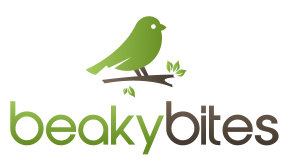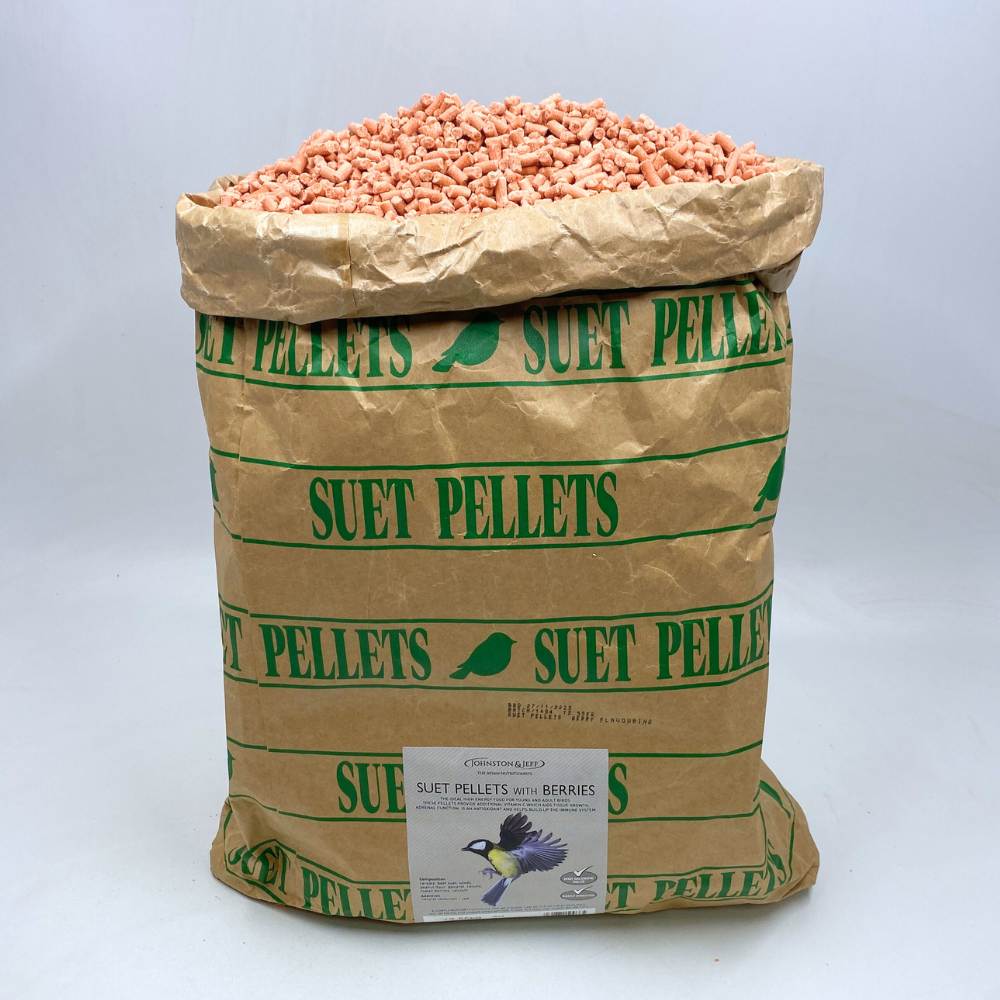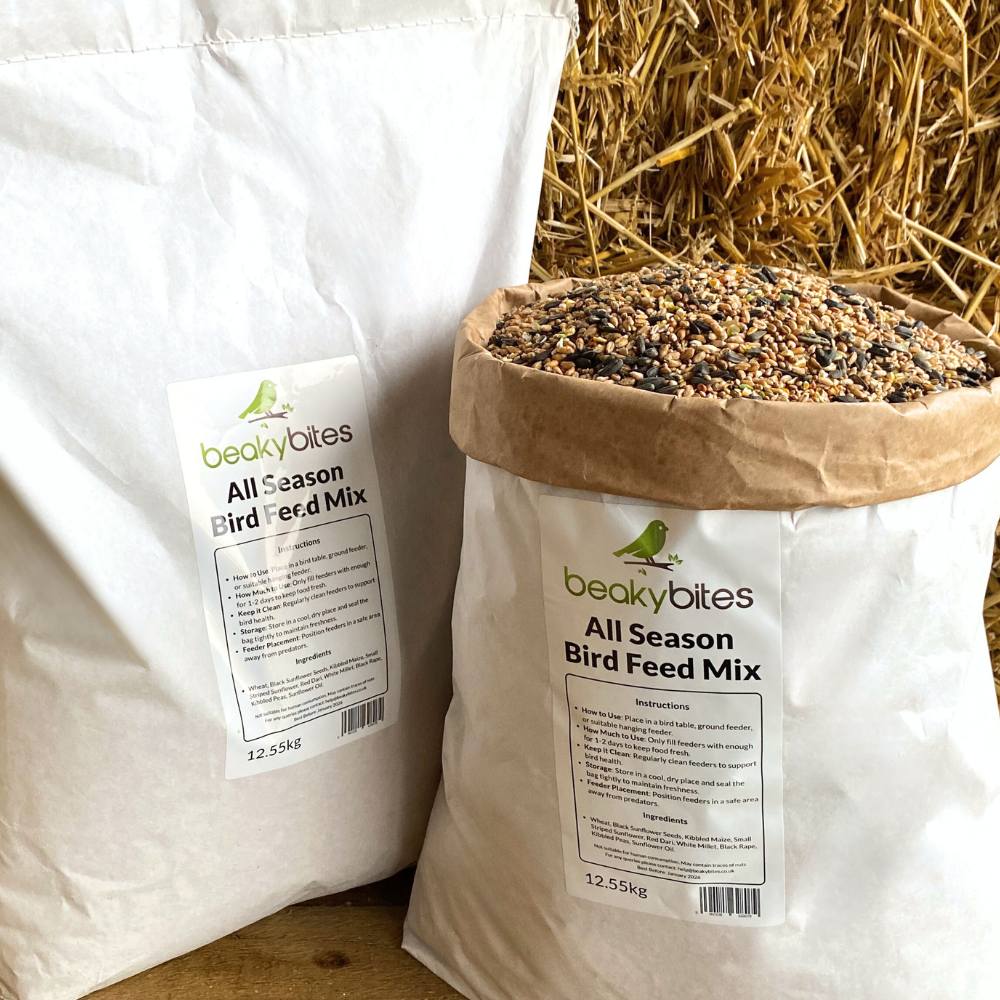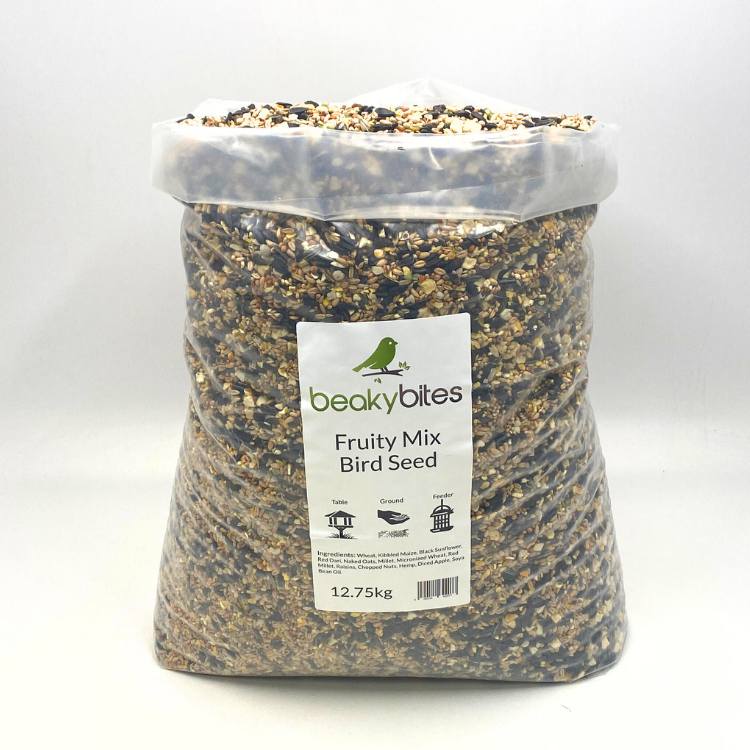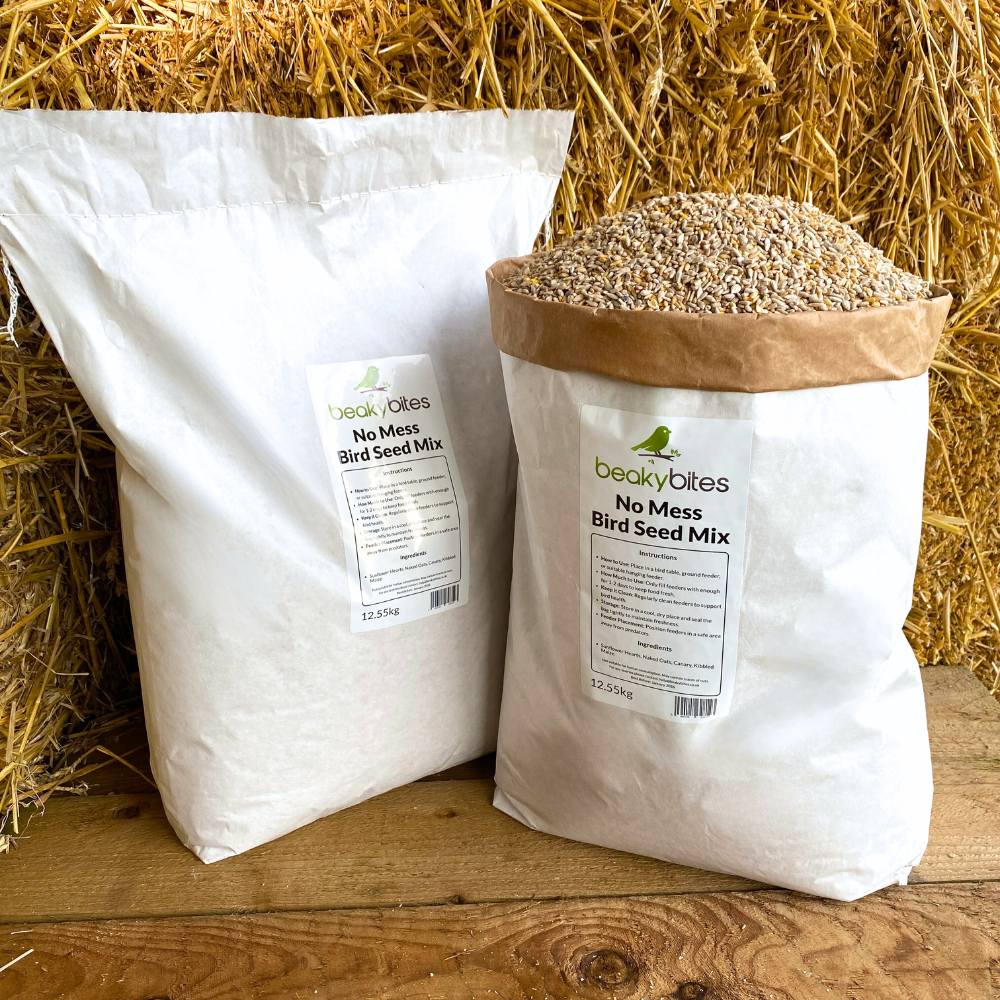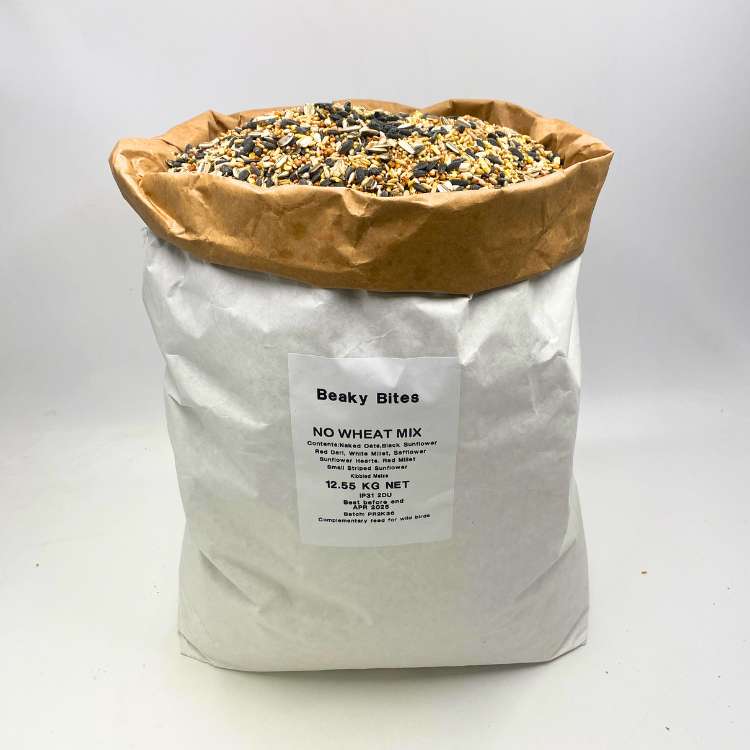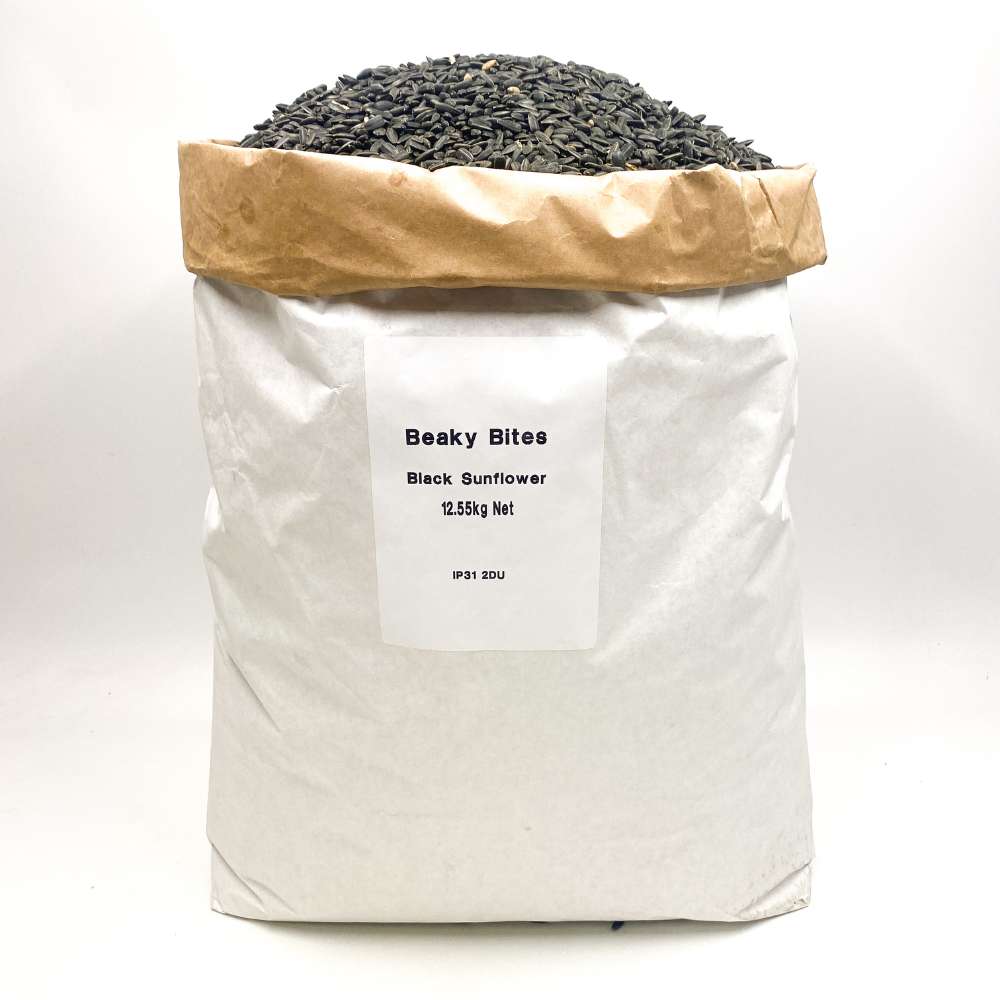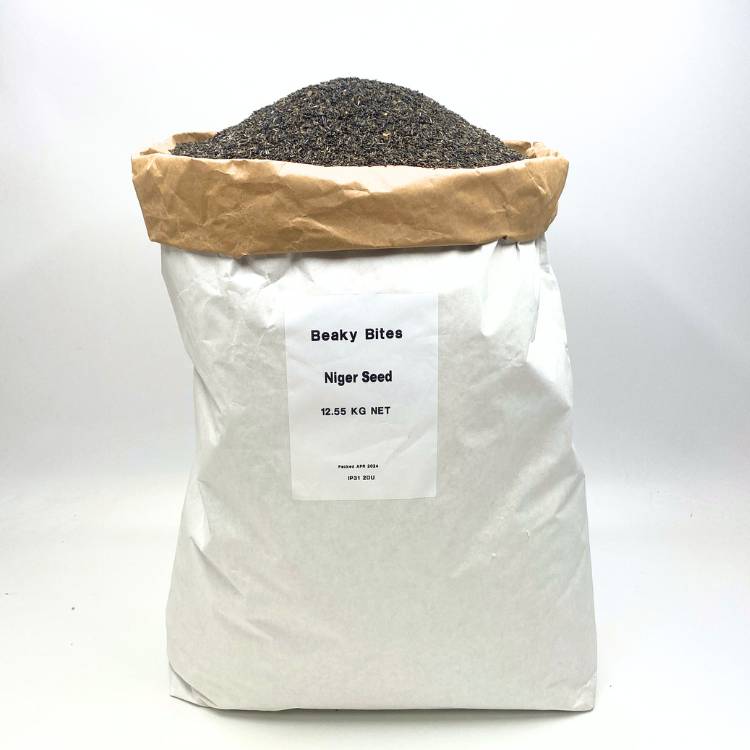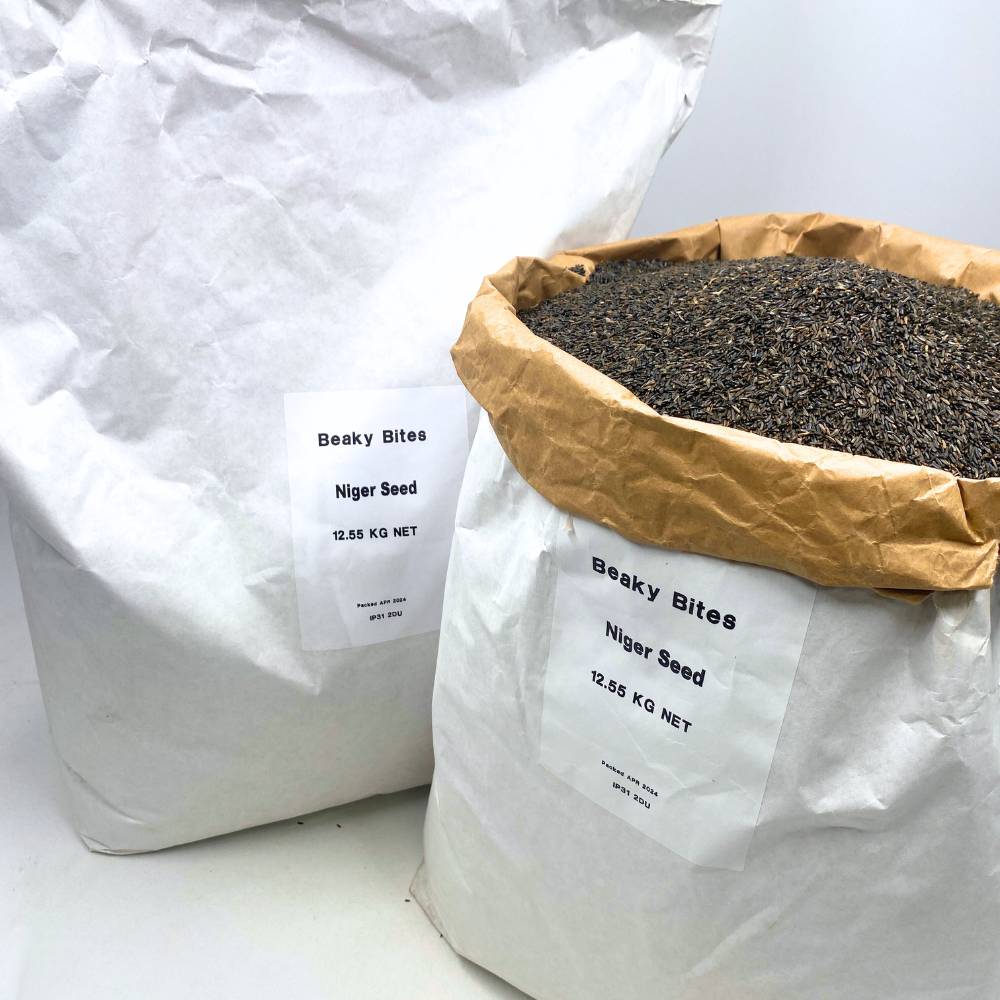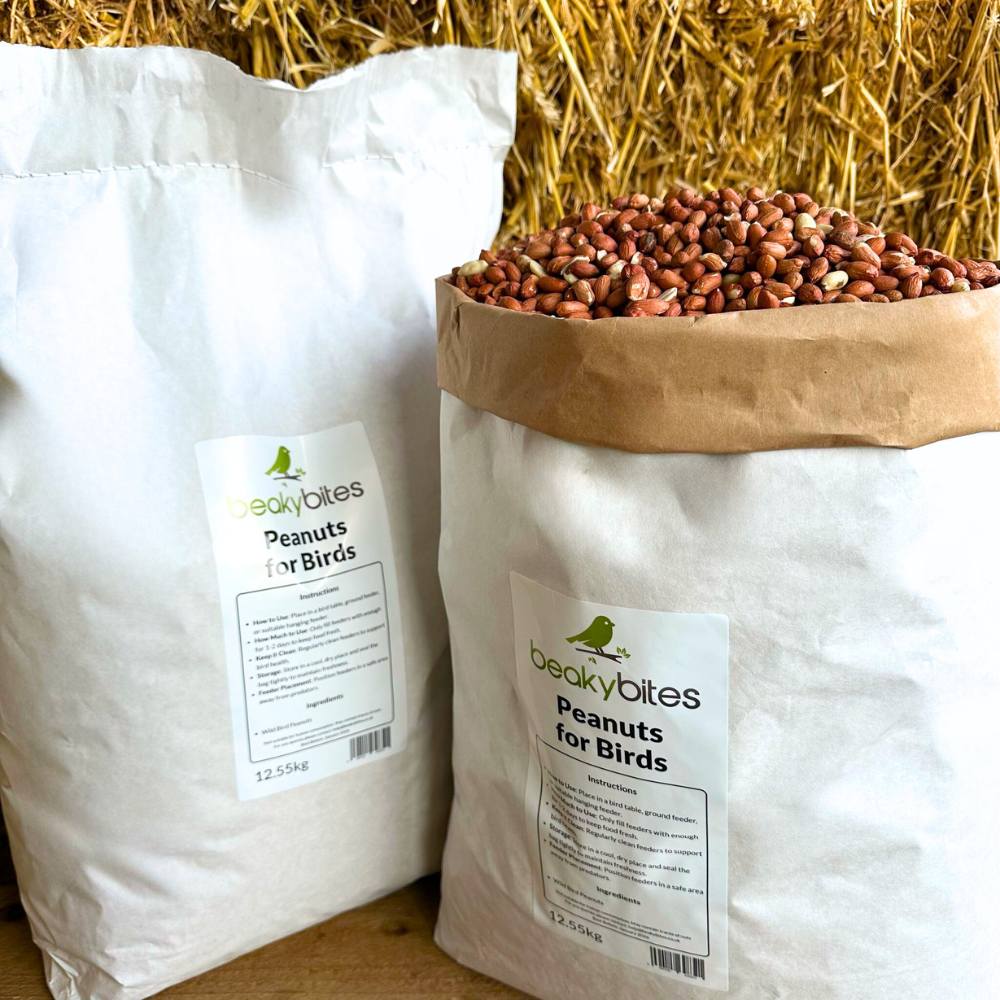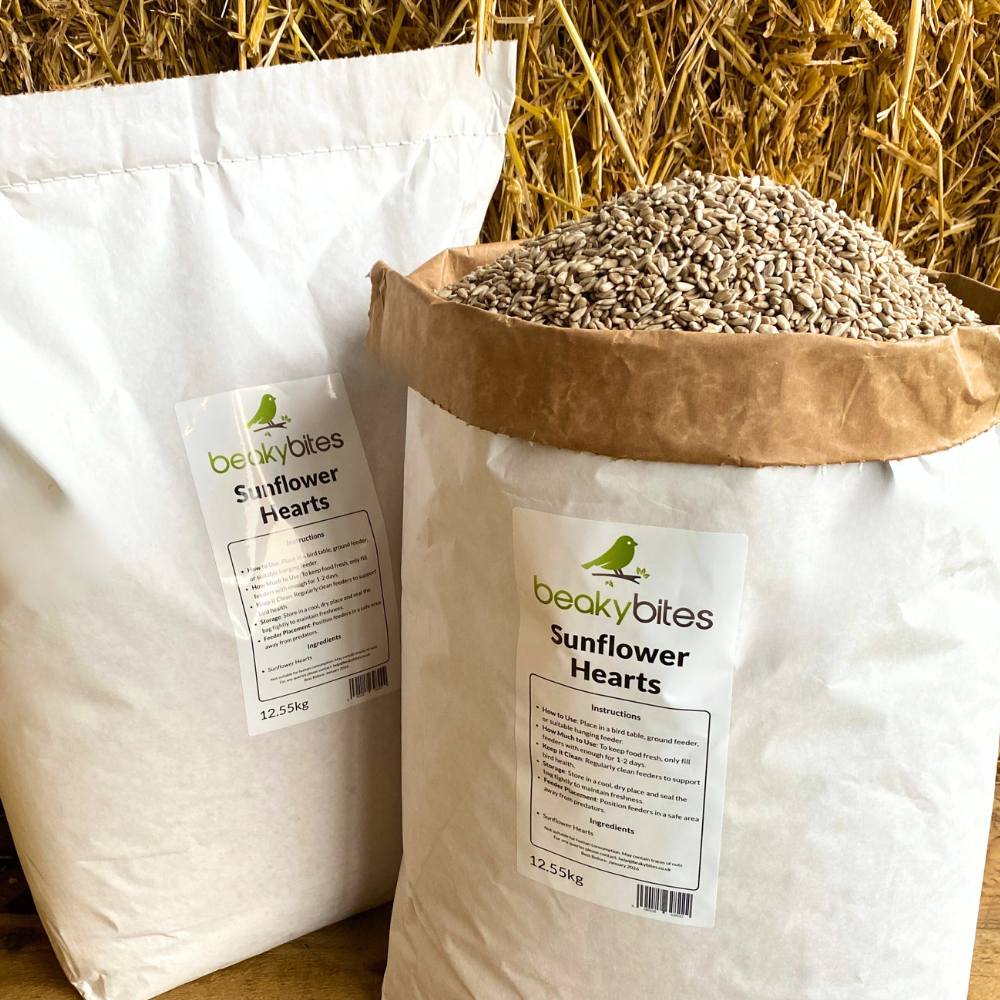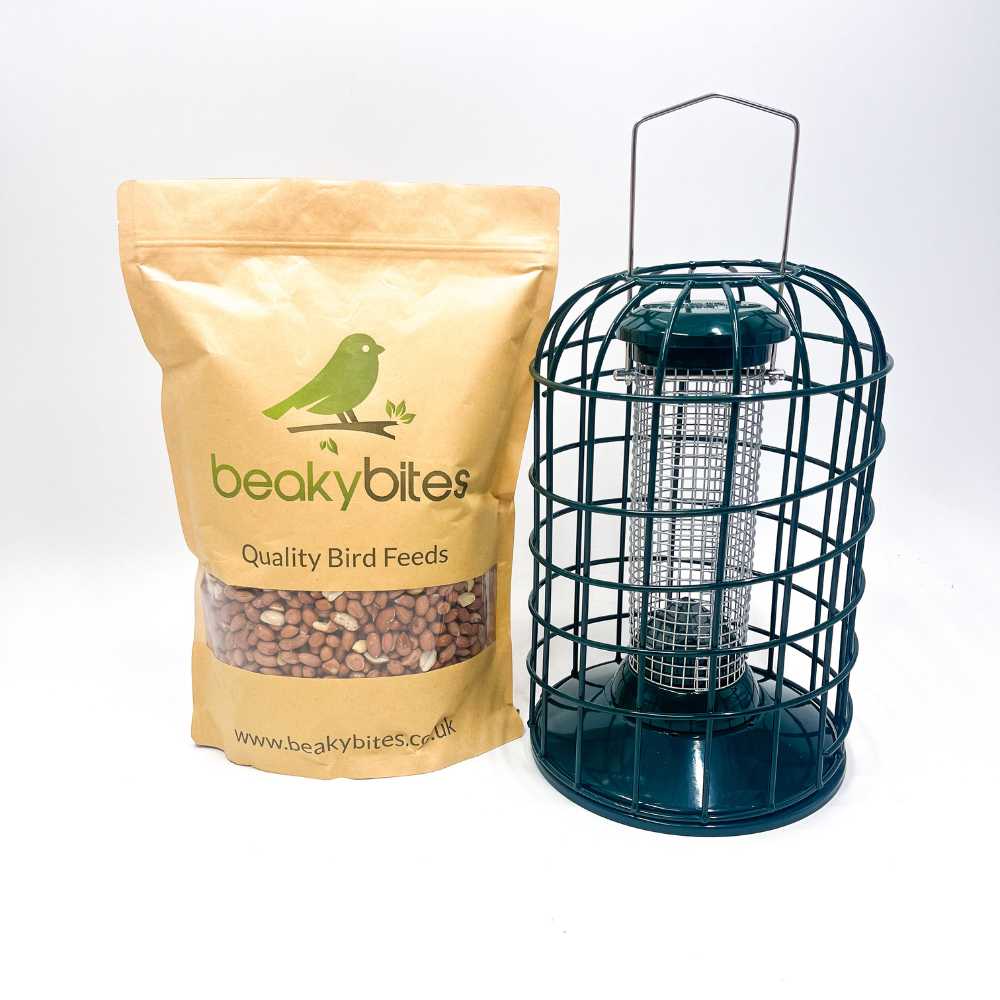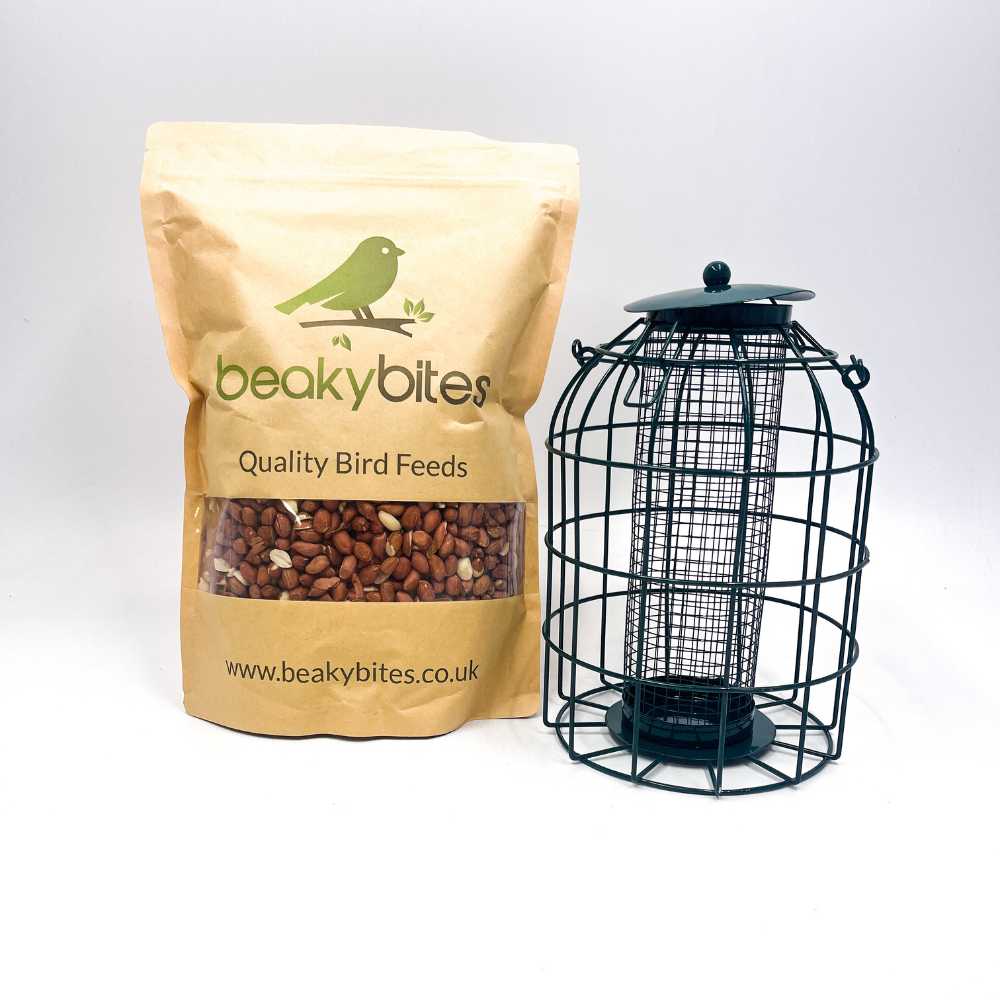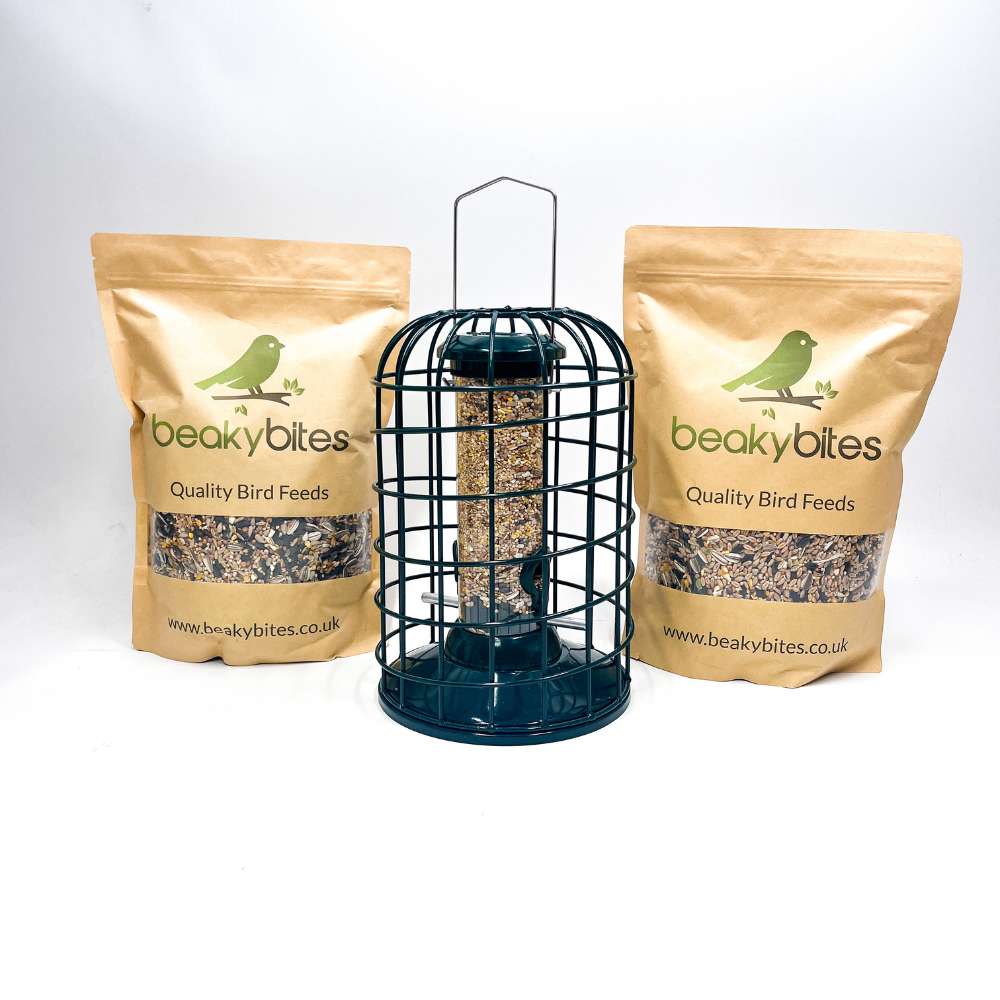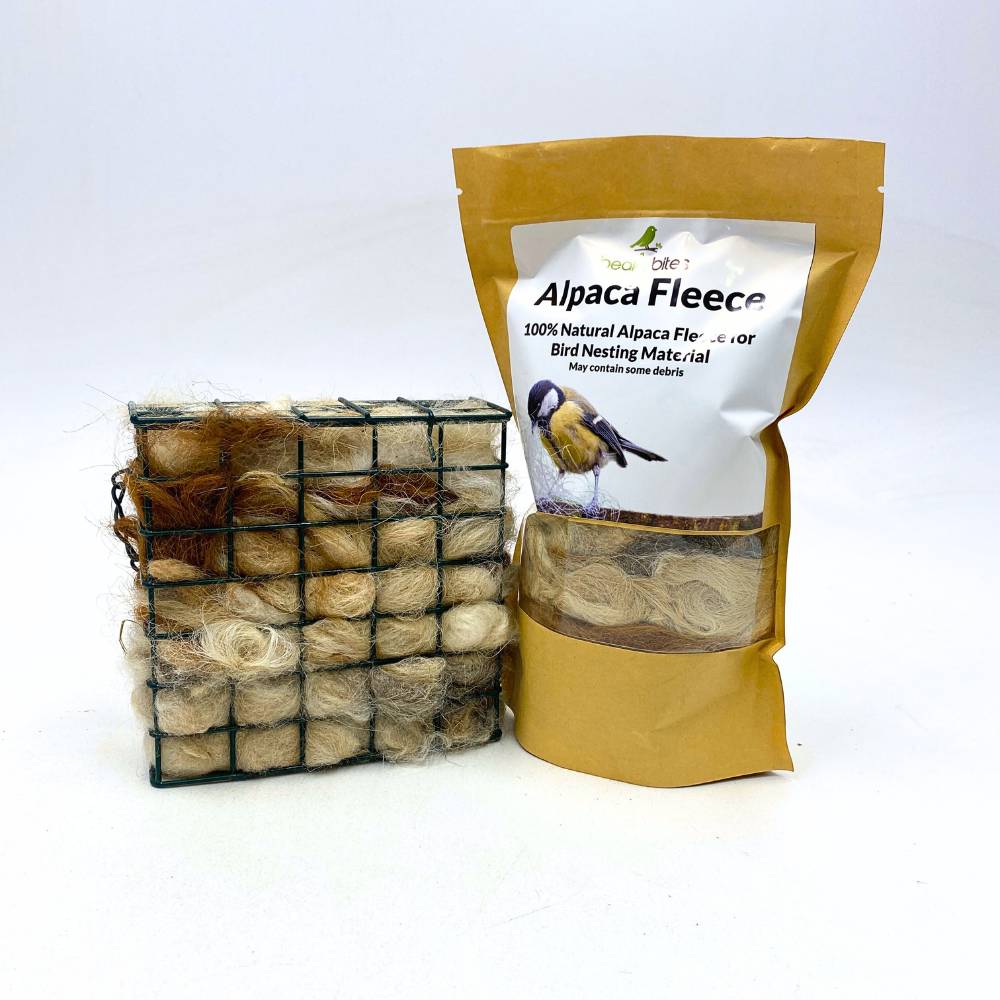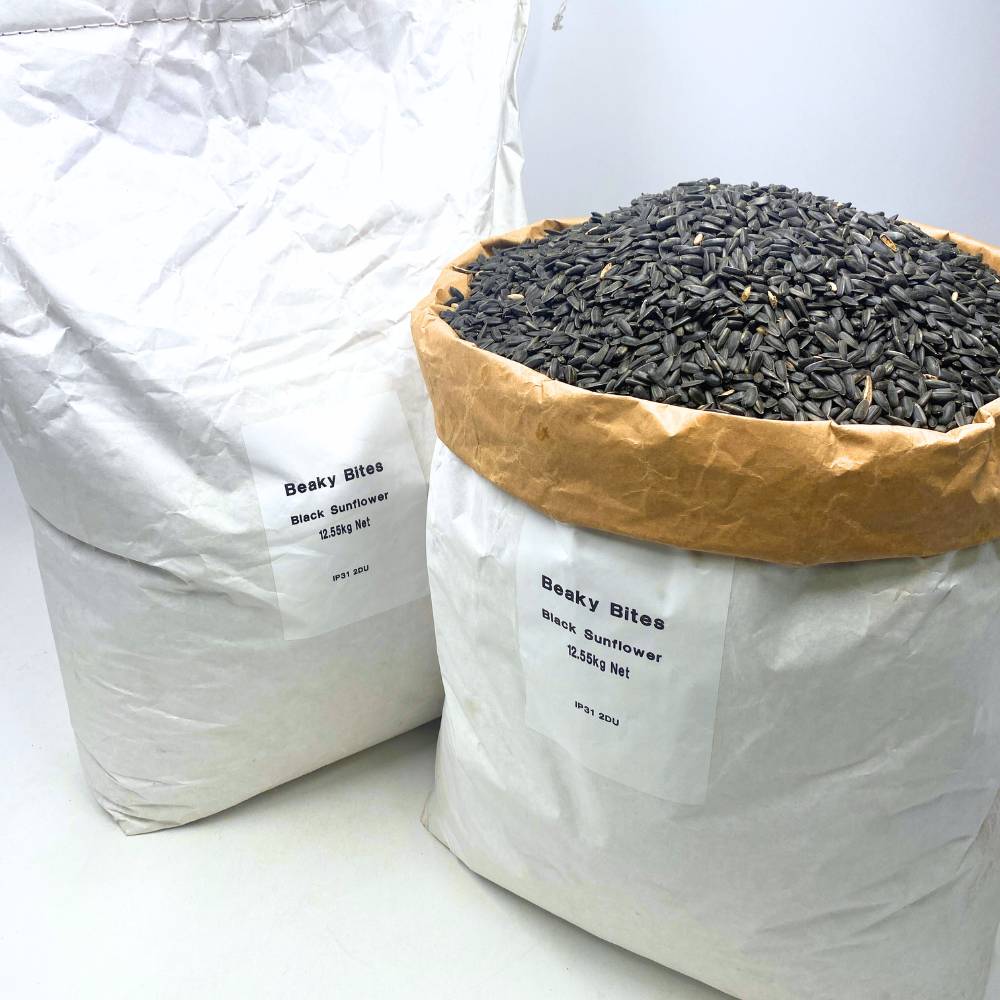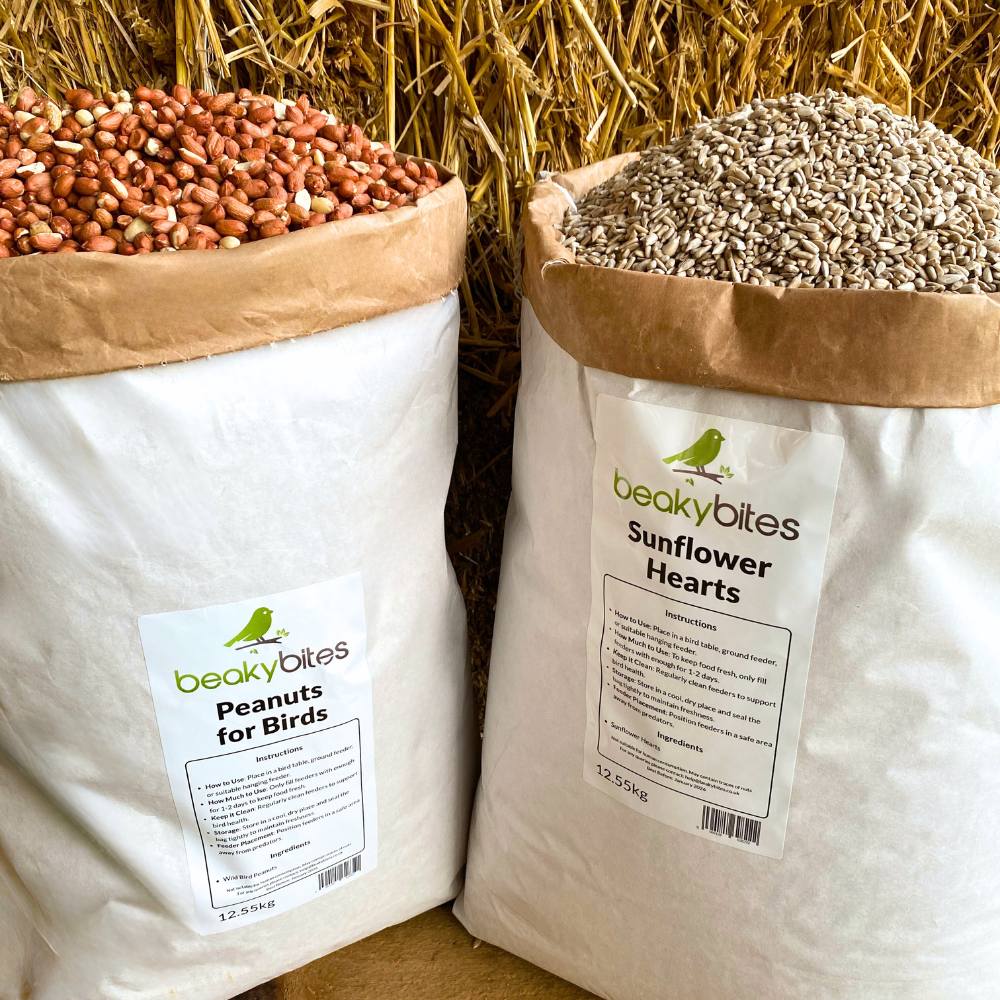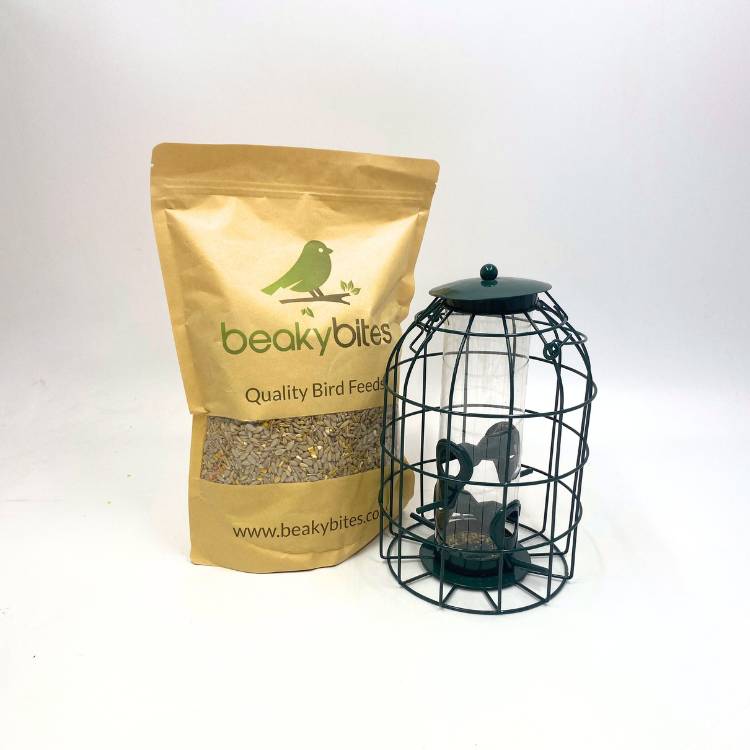Best Place for a Window Feeder: Tips for Attracting Birds
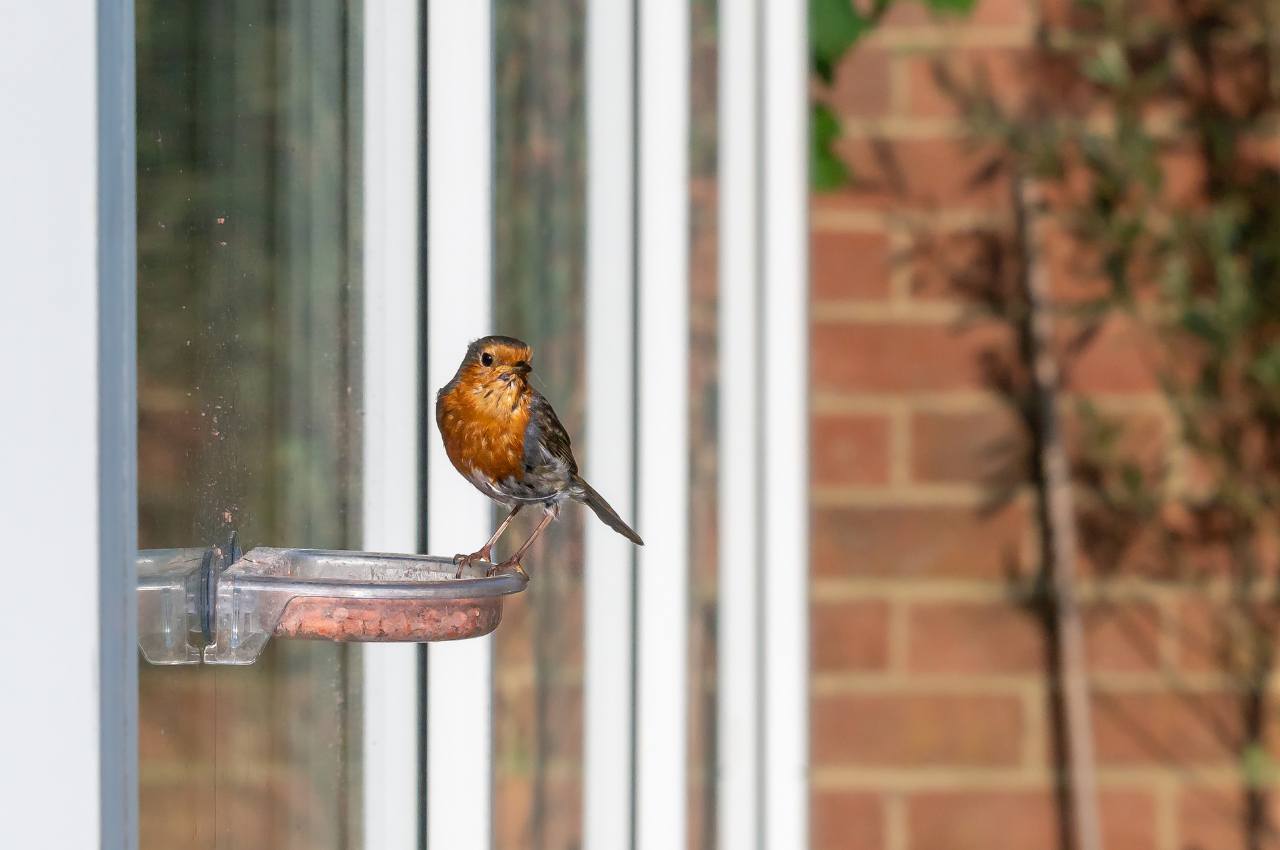
Best Place for a Window Feeder: Tips for Attracting Birds
Where to put your window bird feeder for most bird visits and safety? This post covers visibility, safety and comfort to help you find the perfect spot.
Key Points
Put your window bird feeder near natural shelters like trees or bushes to attract birds and make them feel safe.
Choose a window with a clear view and lots of natural light to make it easy for birds to see and for you to birdwatch.
Cleaning and maintenance of your bird feeder is crucial to prevent disease and a safe feeding environment for visiting birds.
Best Spots: Where to Put Your Window Bird Feeder
Choosing the right spot for your window bird feeder is key to bird attraction and safety. Placing the feeder near windows can greatly reduce the risk of bird collisions. This close proximity protects birds and lets you see their behaviour up close.
An ideal spot means your bird feeder is both visible and safe. Birds need a clear view around the feeder to see predators and sense danger. Placing the feeder near bushes or trees gives birds natural vantage points to observe from and feel safe. Feeders should be near these natural shelters so birds can easily get to food and retreat if needed.
Think about nearby food sources and predators when you choose the spot, as these will impact bird visits. Shade and wind shelter will protect the feeder from extreme weather and make it more attractive to birds. Strategic placement will get birds to visit year round and keep your feeder a hot spot in your backyard.
Adding a new bird feeder to your window is exciting. The waiting for birds to find the feeder and start visiting regularly can be almost too much to bear. Remember bird feeding is a waiting game. Birds may take some time to adjust to the new feeder.
Picture this: you’ve put up the feeder, filled it with food and now you’re waiting for the first visitor. This waiting period is key as birds need to feel comfortable and safe using the new feeder. As they get used to it you’ll start to see more and more birds dropping by for a snack.
Having a window bird feeder means you can get up close and personal with nature from your own home.
Whether you live in a city or suburb, window bird feeders bring nature right to your window, a daily dose of beauty and activity with garden birds. Enjoy the process of having them in your life.

Best Spots for Window Bird Feeders
Choosing the right spot for your window bird feeder is the beginning of the show. Placing the feeder near your window reduces the risk of bird collisions and lets you see birds up close. This placement is safer for the birds and better for birdwatching.
Put your feeder near natural shelters like bushes or trees. These spots give birds safety and vantage points, so they’re more likely to visit. Feeders near these natural elements will become hotspots.
Try different locations and observe the local birds to find the best spot for your feeder. Adjust your placement based on bird behaviour to create a welcoming and safe space for your birds.
Window Selection
Choosing the right window for your bird feeder is crucial to a bird friendly environment. Placing your feeder near trees or shrubs provides natural perches so birds will visit. Gardens with diverse habitats, including tall bushes and trees, offer shelter and nesting sites so your feeder will be more attractive.
Don’t put your bird feeder near high traffic areas like living rooms or kitchens where noise, light and movement will scare birds away. Instead choose more sheltered window spots that are still visible for viewing like utility rooms, hallways or conservatory corners.
This way you can watch the birds without disturbing them, and create a peaceful space.
Predator Protection
When setting up bird feeders, protecting visiting birds from predators is top priority. Elevate feeders 5 feet off the ground to protect from ground predators like cats. Position feeders near shelters like trees or shrubs so birds have a quick escape route if they sense danger.
Keep 10 feet away from dense cover to stop squirrels and other predators getting to the feeders. Birds prefer feeders not too close to big trees or fences as predators can use these to launch attacks. A clear view from the feeder lets birds see approaching threats and be safer.
Window feeders help birds recognize the solid barrier of the window and reduce the risk of collisions caused by reflections. Placing feeders less than 1.5 feet from windows minimizes the risk of birds getting enough speed to hurt themselves in collisions. Squirrel proof feeders deter unwanted visitors so the food is for the birds you want to attract.
Free Delivery Deals
Bird Visibility
Making your bird feeder more visible is crucial to get more birds and keep them safe. A window with plenty of natural light will make your feeder more visible to birds and they’ll visit more often. It will also let you watch and enjoy birds from inside your home.
Placing feeders in well lit areas helps birds see threats more easily so they feel safer while feeding. Use windows that have an unobstructed view of the feeder from different angles to get the best birdwatching experience.
Using dots, decals or other window treatments will help birds recognize glass barriers and avoid collisions. Avoid high traffic areas where constant movement behind the glass will scare birds away. A safe and visible feeding spot will attract a variety of birds and give you year round enjoyment of their visits.
Shelter and Cover
Providing shelter and cover for feeding birds is key to their safety and comfort. Placing feeders near natural shelters like trees or shrubs gives birds a safe spot to rest and hide from predators. These natural elements will make birds feel more secure so they’ll visit more.
Placing feeders in shaded areas will protect birds from extreme weather like direct sunlight or strong winds. Providing safety and comfort makes a more welcoming space so they’ll visit your feeder regularly.
Using Suction Cups
High quality suction cups will keep your bird feeder stuck to the window and withstand outdoor conditions. Follow the manufacturer’s weight limit guidelines so the feeder doesn’t come loose.
Using suction cups correctly will keep your feeder in place, a bird feeding station.
Seasonal Tips
Seasonal changes will affect your bird feeder. Windows facing east or south get good morning light so birds will visit in the morning. Move feeders around the year to avoid debris accumulation and maintain hygiene.
In winter when food is scarce birds will visit feeders more often for high energy foods such as suet pellets and sunflower hearts. In warmer months birds have more natural food sources so they don’t need supplemental feeding. Feeding birds in spring and summer will help them raise their young by providing an extra food source such as dried mealworms.

Attracting Specific Birds
Attracting specific birds to your feeder can be fun. If birds aren’t visiting a new feeder scatter seeds around the feeder to attract them to the feeding station. Gradually add food to the feeder and keep supplies fresh will attract birds.
Managing food levels initially will prevent waste and spoilage. Adding mealworms to your feeders will attract specific bird species and more variety of birds.
Catering to different birds will give you a lively and varied birdwatching experience especially when watching larger birds.
Cleanliness and Hygiene
Keeping bird feeders clean and hygienic will prevent the spread of diseases among visiting birds. Wash feeders with warm soapy water regularly to minimize disease transmission. Disinfect with 5% bleach or vinegar solution for thorough cleaning. Rinse and dry before refilling.
Wear rubber gloves when cleaning bird feeders to keep yourself clean and prevent contamination. Use dedicated brushes and cleaning equipment for bird feeders only to avoid cross contamination.
Cleaning your feeders will give birds a safe feeding space and good health.
Conclusion
In summary positioning your window bird feeder is about safety, visibility and cleanliness. Choose the right window, protect from predators, make visible and provide shelter and you’ll have a bird friendly space. Clean and adjust for seasonal changes and enjoy the birds and their visits while giving them a safe and nourishing feeding spot.
Frequently Asked Questions
How far should I put my window bird feeder from the window?
- Answer: To keep birds safe put your window bird feeder at least 1.5 feet from the glass. This will reduce the chance of them hitting the window.
What kind of window is best for a bird feeder?
- Answer: Windows near trees or shrubs are best for a bird feeder as they provide natural perches and shelter for visiting birds. This will make a bird friendly space for your feathered friends.
How do I attract birds to a new feeder?
- Answer: To attract birds to your new feeder scatter seeds around the feeder and gradually add food to the feeder. This will make a bird friendly space.
How can I keep bird feeders safe from predators?
- Answer: Elevate your bird feeders 5 feet off the ground and use squirrel proof feeders. This will keep your birds safe!
How often should I clean my feeders?
- Answer: Clean your feeders every 2 weeks with warm soapy water and disinfect with bleach or vinegar. Clean feeder = happy birds!
